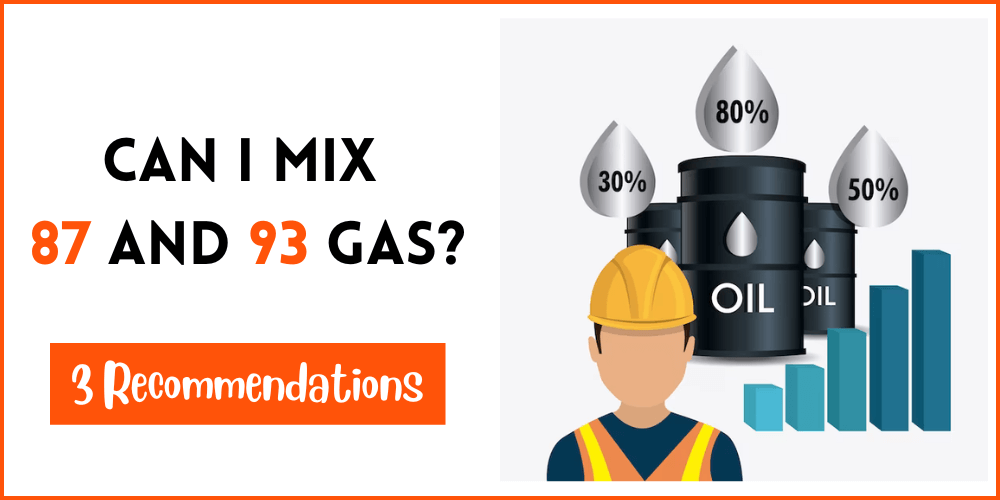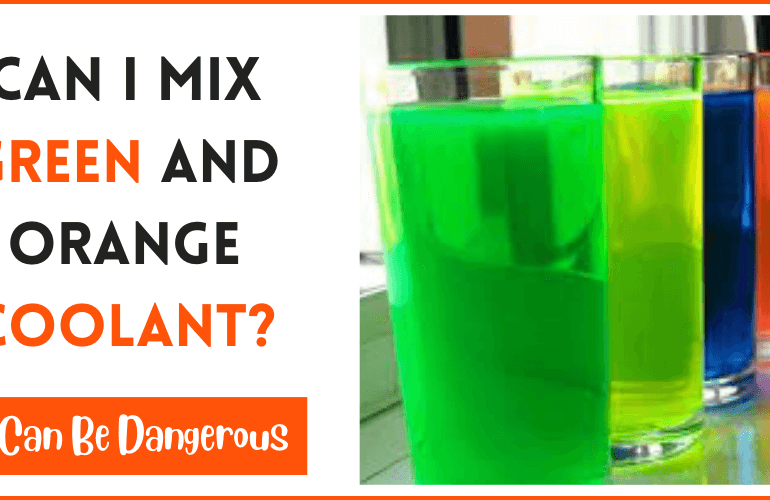

When it comes to fueling our vehicles, we often have a choice between different octane ratings. The most common options at the pump are 87 and 93-octane gasoline. Be that as it may, what occurs assuming that you’re in a circumstance where you have a touch of each and you’re pondering, “Can I Mix 87 and 93 Gas?” In this article, we’ll investigate the idea of blending these two kinds of gas. Grasp the distinctions among them, and give suggestions for doing so. Thus, we should jump into the universe of fuel mixing and demystify the cycle.
Can I Mix 87 And 93 Gas?
Before we dig into blending these two kinds of gas, it’s fundamental to comprehend Can I Mix 87 and 93 Gas?
87 Octane Gas:
This is your customary, generally, ordinary gas that you find in all things considered corner stores. It’s appropriate for most vehicles, especially those with lower-pressure proportions. It’s more affordable and will turn out great for ordinary use.
93 Octane Gas:
This is alluded to as premium or high-power fuel. It’s intended for vehicles with superior execution motors. Like game vehicles or extravagant vehicles. High-power fuel has higher protection from “thumping,” which can happen in high-pressure motors.
Recommendations For Gas Mixing
The short response is indeed, you can blend 87 and 93 gas. Truth be told, this is a typical practice among many vehicle fans, especially the people who drive superior execution vehicles. Nonetheless, there are a few significant contemplations to remember:
- Balance Matters: While blending 87 and 93 gas, it’s vital to track down the right equilibrium to do the ideal octane level. The next octane rating will be somewhere in the middle somewhere in the range of 87 and 93. For instance, assuming that you blend equal pieces of 87 and 93, you’ll get an octane rating of around 90. This can be valuable for vehicles that need a higher octane rating but aren’t guaranteed to need 93 octane.
- Know Your Motor: Before choosing to blend gas. Understanding your vehicle’s motor requirements is fundamental. A few elite presentation motors could be 93 octane or higher to work. Blending gas can help if you’re in a circumstance where you can’t find unadulterated 93-octane gas yet need an option that could be preferable over 87.
- Consistency is Critical: If you decide to blend gas, attempt to keep a reliable mix each time you top off your tank. This maintains a strategic distance from varieties in motor execution and eco-friendliness.
Related Guides:
Is 87 And 93 Gas The Same?
87 and 93 gas are not the same. The primary difference between them is the octane rating. Which measures the fuel’s ability to resist knocking or pinging during combustion. 93 octane gas has a higher octane rating than 87, which means it is more resistant to premature ignition in high-compression engines.
Can I Mix 87 And 93 Gas In The Vehicle?
The answer to this question depends on your vehicle. For most standard, everyday vehicles with lower compression ratios, 87 octane gas is adequate. Using 93 octane in such vehicles won’t yield any noticeable benefits and will only result in higher fuel costs.
For high-performance engines that must have a higher octane rating 93 gas is indeed better. It reduces the risk of knocking and ensures optimal engine performance. Using 93 octane in such cases can lead to improved power output and fuel efficiency.
Does 93 Gas Give More Power?
93 octane gas can give more power, yet in the right conditions. Elite execution motors that are intended to run on 93 octanes. It will profit from the better ignition attributes of higher-octane fills. This can prompt expanded power yield and a better speed increase. Yet, for regular vehicles that are optimized for 87 octane, switching to 93 won’t result in a noticeable power increase.
In summary, 93 gas provides more power when used in engines that must it, but it won’t boost the performance of every vehicle.
Final Thoughts:
In the world of gasoline, there’s room for flexibility and experimentation. Mixing 87 and 93 gas can be a viable solution for certain scenarios. Especially when you’re driving a vehicle that requires a higher octane rating than the typical 87 found at most gas stations. Remember to maintain a consistent blend to ensure the best results.
The decision Can I Mix 87 and 93 Gas should be based on your vehicle’s requirements. If your vehicle needs a higher octane rating, utilizing 93-octane fuel is the best approach. In any case, if your vehicle is fine with 87 octane, there’s a compelling reason to pay extra for the top-notch fuel. Understanding your vehicle’s requirements and pursuing informed decisions won’t set aside your cash yet besides keeping your motor moving along as planned.
Sources:
- By Jim Mowreader, Can you mix 87 and 93 octane gas? Posted 2 years ago.



